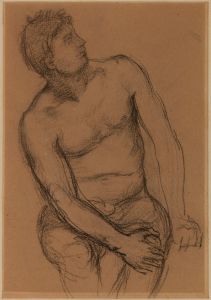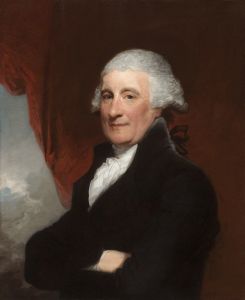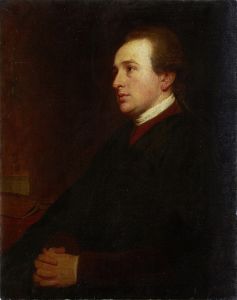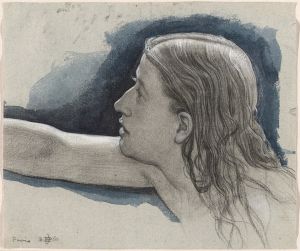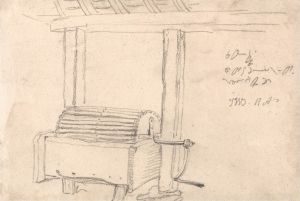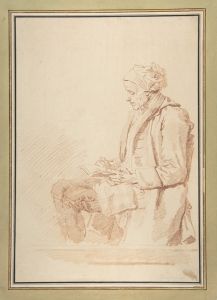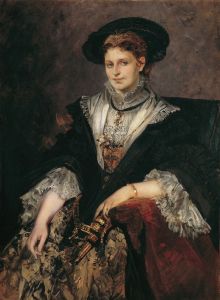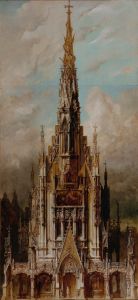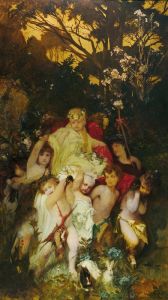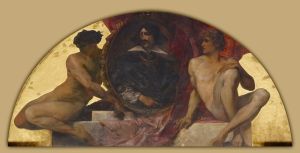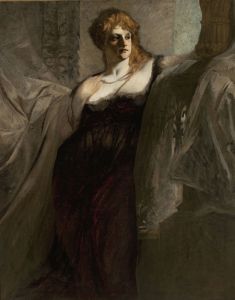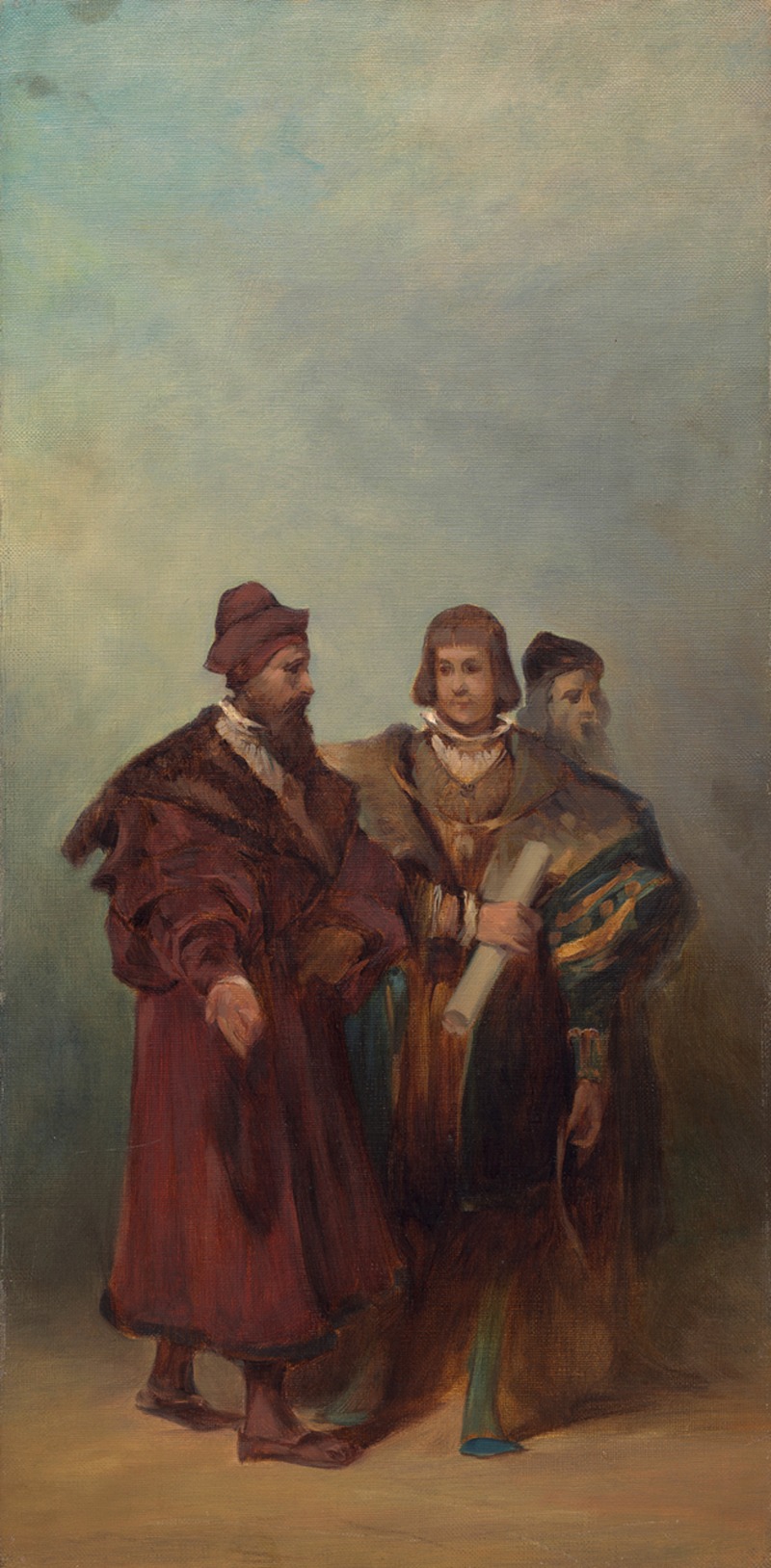
Entwurf zum Festzug 1879 – Drei Maschinenbauer
A hand-painted replica of Hans Makart’s masterpiece Entwurf zum Festzug 1879 – Drei Maschinenbauer, meticulously crafted by professional artists to capture the true essence of the original. Each piece is created with museum-quality canvas and rare mineral pigments, carefully painted by experienced artists with delicate brushstrokes and rich, layered colors to perfectly recreate the texture of the original artwork. Unlike machine-printed reproductions, this hand-painted version brings the painting to life, infused with the artist’s emotions and skill in every stroke. Whether for personal collection or home decoration, it instantly elevates the artistic atmosphere of any space.
Hans Makart was an Austrian painter and decorator, renowned for his influence on the culture of Vienna during the late 19th century. One of his notable works is "Entwurf zum Festzug 1879 – Drei Maschinenbauer," which translates to "Design for the Parade 1879 – Three Mechanical Engineers." This painting is part of a series of designs created by Makart for a grand parade celebrating the silver wedding anniversary of Emperor Franz Joseph I and Empress Elisabeth of Austria.
Makart's involvement in the 1879 parade was significant, as he was tasked with designing the entire procession, which was a major cultural event in Vienna. The parade was not only a celebration of the imperial couple's marriage but also a display of the achievements and progress of the Austro-Hungarian Empire. Makart's designs were intended to reflect the grandeur and cultural richness of the era.
"Entwurf zum Festzug 1879 – Drei Maschinenbauer" specifically highlights the theme of industrial progress, which was a crucial aspect of the 19th century. The painting features three mechanical engineers, symbolizing the advancements in technology and industry that were taking place at the time. This focus on industrial themes was reflective of the broader societal changes occurring during the Industrial Revolution, which had a profound impact on Europe and the world.
Makart's style is characterized by its opulence and dramatic use of color, and this painting is no exception. His work often included historical and allegorical themes, presented in a manner that was both theatrical and grandiose. The figures in "Entwurf zum Festzug 1879 – Drei Maschinenbauer" are depicted with a sense of dynamism and purpose, embodying the spirit of innovation and progress.
The painting, like much of Makart's work, was well-received in his time, contributing to his reputation as a leading figure in the Viennese art scene. His influence extended beyond painting, as he was also involved in interior design and the decorative arts, shaping the aesthetic tastes of the period. Makart's work, including this painting, played a role in the development of the "Makartstil" or "Makart style," which was characterized by its lavishness and decorative richness.
While "Entwurf zum Festzug 1879 – Drei Maschinenbauer" is a specific piece within a larger body of work, it encapsulates the themes and stylistic elements that define Makart's contribution to art. The painting serves as a historical document, capturing the zeitgeist of the late 19th century and the cultural milieu of Vienna. Through his art, Makart not only celebrated the achievements of his time but also left a lasting legacy that continues to be studied and appreciated in the context of art history.





